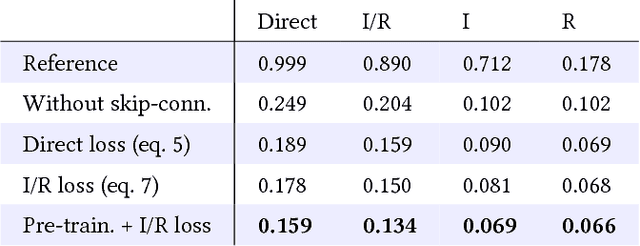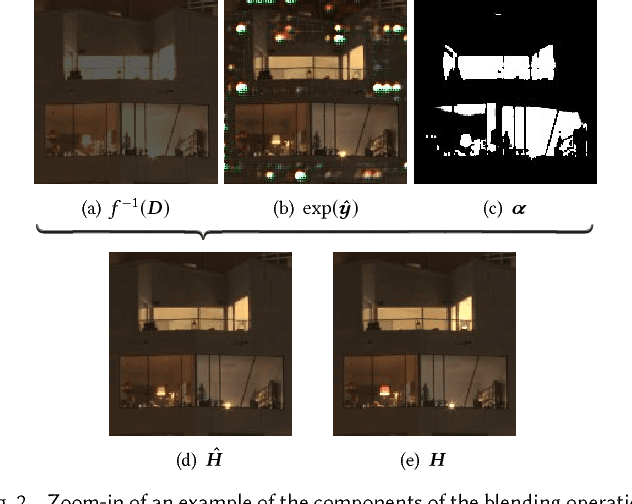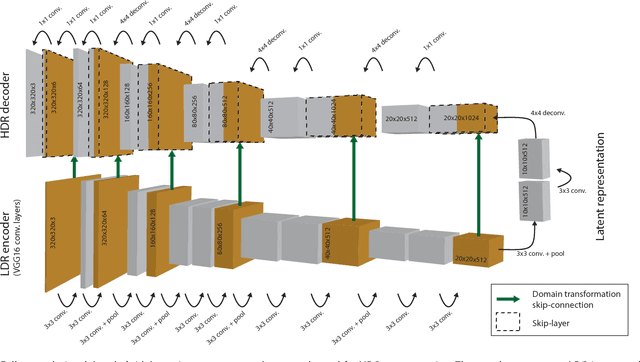Gyorgy Denes
Supervised Learning for Table Tennis Match Prediction
Mar 28, 2023



Abstract:Machine learning, classification and prediction models have applications across a range of fields. Sport analytics is an increasingly popular application, but most existing work is focused on automated refereeing in mainstream sports and injury prevention. Research on other sports, such as table tennis, has only recently started gaining more traction. This paper proposes the use of machine learning to predict the outcome of table tennis single matches. We use player and match statistics as features and evaluate their relative importance in an ablation study. In terms of models, a number of popular models were explored. We found that 5-fold cross-validation and hyperparameter tuning was crucial to improve model performance. We investigated different feature aggregation strategies in our ablation study to demonstrate the robustness of the models. Different models performed comparably, with the accuracy of the results (61-70%) matching state-of-the-art models in comparable sports, such as tennis. The results can serve as a baseline for future table tennis prediction models, and can feed back to prediction research in similar ball sports.
HDR image reconstruction from a single exposure using deep CNNs
Oct 20, 2017



Abstract:Camera sensors can only capture a limited range of luminance simultaneously, and in order to create high dynamic range (HDR) images a set of different exposures are typically combined. In this paper we address the problem of predicting information that have been lost in saturated image areas, in order to enable HDR reconstruction from a single exposure. We show that this problem is well-suited for deep learning algorithms, and propose a deep convolutional neural network (CNN) that is specifically designed taking into account the challenges in predicting HDR values. To train the CNN we gather a large dataset of HDR images, which we augment by simulating sensor saturation for a range of cameras. To further boost robustness, we pre-train the CNN on a simulated HDR dataset created from a subset of the MIT Places database. We demonstrate that our approach can reconstruct high-resolution visually convincing HDR results in a wide range of situations, and that it generalizes well to reconstruction of images captured with arbitrary and low-end cameras that use unknown camera response functions and post-processing. Furthermore, we compare to existing methods for HDR expansion, and show high quality results also for image based lighting. Finally, we evaluate the results in a subjective experiment performed on an HDR display. This shows that the reconstructed HDR images are visually convincing, with large improvements as compared to existing methods.
* 15 pages, 19 figures, Siggraph Asia 2017. Project webpage located at http://hdrv.org/hdrcnn/ where paper with high quality images is available, as well as supplementary material (document, images, video and source code)
 Add to Chrome
Add to Chrome Add to Firefox
Add to Firefox Add to Edge
Add to Edge